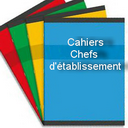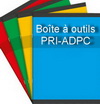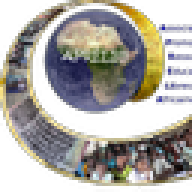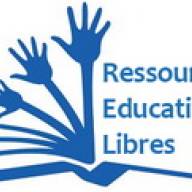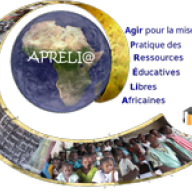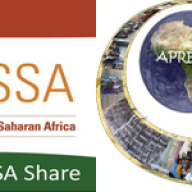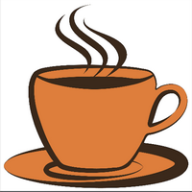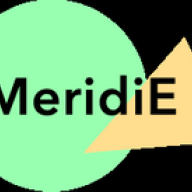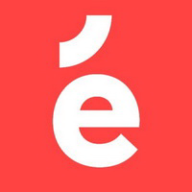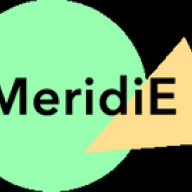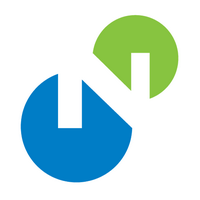 Source : Netinbag
Source : Netinbag
La cartographie des programmes permet aux éducateurs d’évaluer l’efficacité de l’enseignement en classe. Son principe de base est que l'apprentissage des élèves peut être amélioré en documentant et en évaluant ce qui est planifié et ce qui est enseigné en classe. En d’autres termes, une carte du curriculum est un moyen de responsabiliser les écoles en ce qui concerne les «normes» d’enseignement ou ce que les élèves sont censés apprendre.
Voir également l'article ( en anglais) Curriculum mapping
Extract :
What is it?
Curriculum mapping is a process for collecting and recording curriculum-related data that identifies core skills and content taught, processes employed, and assessments used for each subject area and grade level. The completed curriculum map then becomes a tool that helps teachers keep track of what has been taught and plan what will be taught.
Creating and working with curriculum maps is a 7-step process involving:
Phase 1: Data collection.
Phase 2: A review of all maps by all teachers.
Phase 3: Small mixed group reviews, in which groups of five to eight diverse faculty members share individual findings
Phase 4: Large group comparisons, in which all faculty members gather to examine the findings of the smaller groups.
Phase 5: Identification of immediate revision points and creation of a timetable for resolution.
Phase 6: Identification of points requiring additional research and planning, and a timetable for resolution of those points.
Phase 7: Planning for the next review cycle.
The purpose of a curriculum map is to document the relationship between every component of the curriculum. Used as an analysis, communication, and planning tool, a curriculum map
- allows educators to review the curriculum to check for unnecessary redundancies, inconsistencies, misalignments, weaknesses, and gaps;
- documents the relationships between the required components of the curriculum and the intended student learning outcomes;
- helps identify opportunities for integration among disciplines;
- provides a review of assessment methods; and
- identifies what students have learned, allowing educators to focus on building on previous knowledge.
Bear in mind that curriculum maps are records of implemented instruction -- of what has been taught during the current school year. Projection maps, or pacing guides, on the other hand, project what will be covered in the future.
Explore it
To learn more about curriculum mapping, explore this website: Curriculum Mapping
Learn more about it
To extend your understanding of curriculum mapping, visit this website: Curriculum Map Review Guidelines
Sample curriculum map
To see an example of a curriculum map, visit the Utah Education Network.



